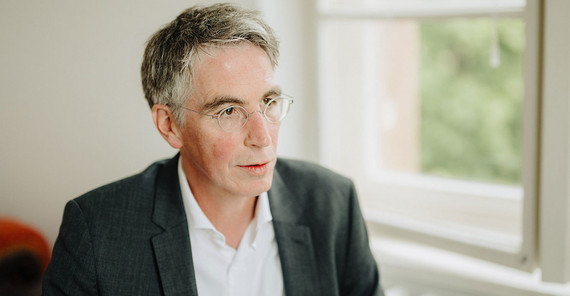Open Science stands for science that is open, transparent, and as freely accessible as possible: What does your personal Open Science utopia look like?
Everything that is created at publicly funded universities and research institutions can be found by everyone and reused with as few barriers as possible – be it research data, technical papers, software, or teaching materials. The motivation behind this is the core idea of Open Science: All components of the scientific process and its findings are to be regarded as common property that is made as open as possible and as closed as necessary via the internet using the tools of digitization. The greatest possible social benefit can be achieved in this way. All knowledge should be accessible across the board and without technical hurdles. The many platforms that already exist for this purpose should work together seamlessly and be able to exchange their data with each other in machine-readable form so that all information can be permanently linked and connected.
What has to be done to achieve this?
Open Science must be established as a global standard for good scientific practice. The political course for this has already been set: Open Science has been an integral part of EU research policy since 2015. In 2019, the European Commission adopted an Open Science Policy and in 2021 the UNESCO adopted its Recommendation on Open Science, which was ratified by 193 countries. Various measures are required for their implementation in the individual fields of action of Open Science. When it comes to open access, for example, we need to become less dependent on the large commercial scientific publishers, whose massive price increases are exceeding our budgets. We can achieve this by expanding our own publication infrastructures and thus creating alternatives.
How should we proceed with Open Science and why?
With an eye to the future, I would like to see greater awareness of how useful Open Science is for society. In my opinion, it is important to rethink the criteria for assessing the performance of researchers. The focus should be less on the number of publications and the publication rate in renowned journals and more on the questions of how accessible the research results are, whether the collected research data can be reproduced, and what benefits they provide for science and society.
Dr. Peter Kostädt has been Chief Information Officer (CIO) of the University of Potsdam since 2019.
Email: ciouuni-potsdampde
The University of Potsdam has summarized the key dimensions of Open Science on a new platform and published its own Open Science guidelines in 2023: https://www.uni-potsdam.de/en/openscience/index
This text was published in the university magazine Portal Wissen - Eins 2024 „Bildung:digital“ (PDF).

